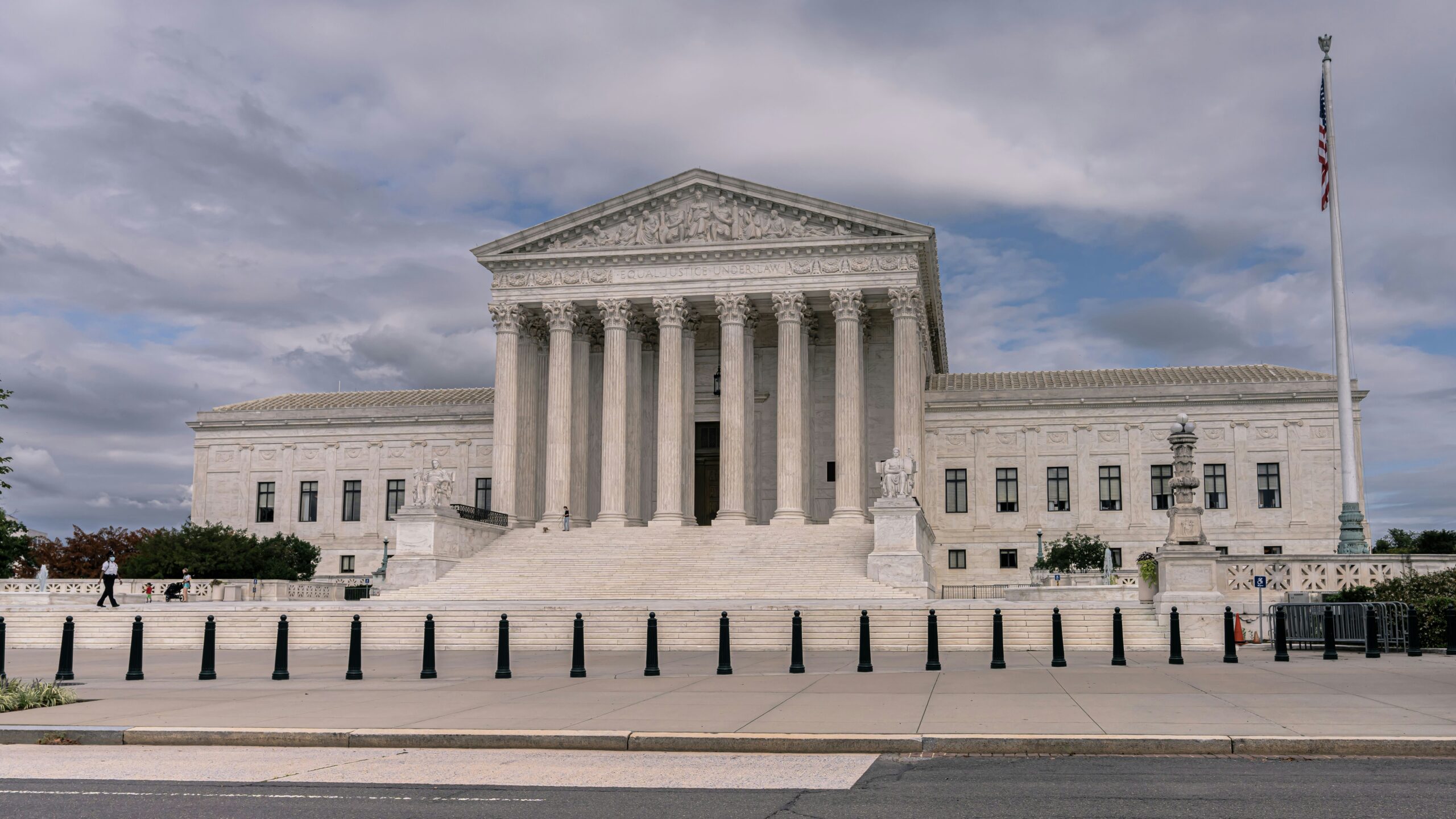The Supreme Court has handed down a handful of controversial decisions.
These include Obergefell v. Hodges, which legalized same-sex marriage in all 50 states. As expected, many on the right were quick to criticize the Court. But the Supreme Court isn’t a newbie. Justices, both past and present, have handed down disruptive decisions.
But these decisions, while irrevocable, are not exactly permanent.
In 2008, District of Columbia v. Heller had many on the left up in arms. This decision stated that the Second Amendment guarantees American citizens the right to a firearm for personal safety.
And of course, there is the most famously debated Supreme Court decision: Roe v. Wade. The 1973 case legalized abortion across the nation. Whether you agree with these decisions or not, they are the law. The Supreme Court has the final say in the federal court system. While their decisions are irrevocable, they’re not necessarily permanent. Under the Constitution, there are three ways to overrule a Supreme Court decision.
1. Congressional Statute
If the Supreme Court has struck down all or part of a federal statute, Congress can go back and adjust the statute to its liking. This is often used to supplement or augment Court decisions. For example, the Supreme Court decided in the 2000 case FDA v. Brown & Williamson Tobacco Corp that the FDA didn’t have the authority to regulate tobacco. Congress changed that with the Family Smoking Prevention and Tobacco Control Act of 2009.
Until a case concerning this federal statute comes before the Supreme Court, Congress has the final say.
2. Constitutional Amendment
The Supreme Court has the final word on the meaning of the Constitution. But there is a process of amending the Constitution. Article Five of the Constitution lays out the specific process. Amendments can be proposed by Congress, with two-thirds approval in both the House and the Senate. States can also propose them with a two-thirds majority, and the holding of a convention for proposing the amendments. Once proposed, the amendment must be ratified by a three-fourths majority of the states. The voting to ratify or reject the proposed amendment can take place in state legislatures or state conventions.
Since the adoption of the Bill of Rights, 17 amendments have been ratified. One main example of a Constitutional amendment overturning a Supreme Court case is the Sixteenth Amendment.
In Pollock v. Farmers’ Loan and Trust Company, the Supreme Court declared a progressive federal income tax unconstitutional. In 1913, the Sixteenth Amendment was ratified — completely negating this decision.
3. The Supreme Court
Finally, the Supreme Court can overrule itself. This is probably the simplest, if most unlikely, avenue. The most famous example of this is Brown v. Board of Education. This landmark case declared racial segregation unconstitutional in public schools. This case directly contradicts a case decided almost 60 years prior called Plessy v. Ferguson, which began the legal standard of “separate but equal” for segregation. But the Supreme Court doesn’t change its mind often. The Brown v. Board decision was issued almost 60 years after Plessy.
- How Rarely Does Congress Overrule a Veto? – Liberty Project ›
- It’s Time to Change the Supreme Court – Liberty Project ›
- The plan to overturn Roe v. Wade at the Supreme Court is already ›
- Roe v. Wade is likely safe as the Supreme Court rarely overturns … ›
- Abortion: Supreme Court has overturned more than 200 of its own … ›
- Will the Supreme Court overturn Roe v. Wade? And if it does, what … ›
- Supreme Court is not eager to overturn Roe vs. Wade — at least not … ›
- How often does the Supreme Court overturn precedents like Roe v … ›
- 10 Overturned Supreme Court Cases | HowStuffWorks ›
- List of overruled United States Supreme Court decisions – Wikipedia ›
- Does the Supreme Court Overturn 80 Percent of Ninth Circuit Court … ›





